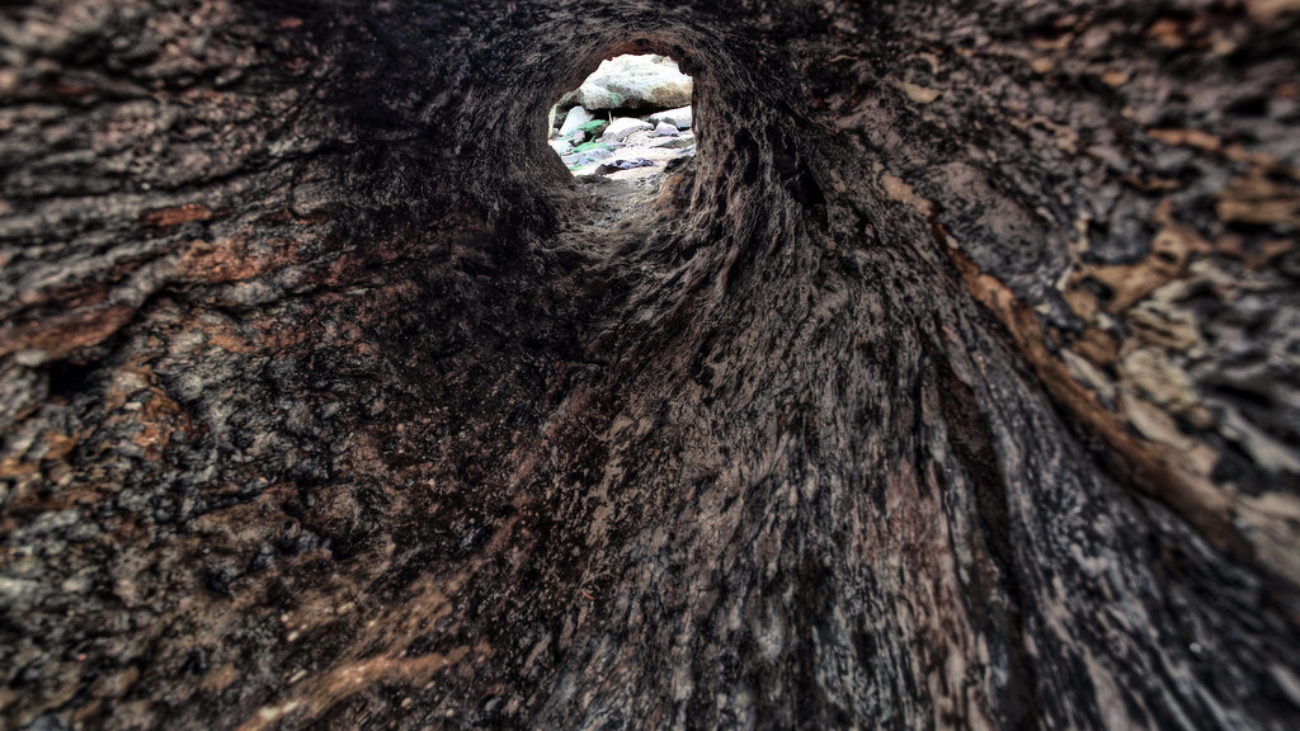“Kenosis” in Christian theology refers to the way in which Jesus emptied his own desires and became entirely receptive to God’s divine will.
To the best of my knowledge, Crowley never refers to kenosis specifically, but there is an equivalent in Thelemic theology: the way in which one’s own desires and will must be subordinated to the divine will of one’s Star in order to incarnate it.
If one is going to become God in the Flesh, then the mortal must make room for the immortal. It’s not a question of limiting the divine to make room for a mortal experience but rather the opposite. Your own desires must be burnt on the summit of your natural will.
In the system of the OTO, this is accomplished two ways. The Man of Earth degrees teach a person how to gather themselves together in daily life. This is done through the ordinary preliminaries of getting addictions under control and then through the extraordinary preliminaries of learning to apply the four powers of the sphinx.
But the tenor changes in the Lover triad. The emphasis now is not on self-unification through self-discipline but rather subordinating one’s natural desires through charity (agápē). The way in which the Adept exsanguinates themselves into the Chalice of Babalon serves as the model for the development of various forms of self-sacrifice: particularly that of Life and Joy.
“Sacrifice” is a bad word in Thelema and in my opinion a bad word in general. It implies in many cases either a reflexive or a forced subordination of oneself to others resulting in a net loss. People-pleasing is an example of bad sacrifice. But that’s not the sacrifice described in the Gnostic Mass.
The sacrifice in the Gnostic Mass is neither reflexive nor forced, and it does not result in a net loss. It is a conscious act of love. The natural parts of the Priest which he self-unified in the Ceremony of the Introit are poured out into the Cup. They are offered to the All-Father, the Sun. But they are received back as the Life of the Sun and the Joy of the Earth. They are transformed in the Cup into macrocosmic principles—gods—which the Priest then reunites with.
This is what is referred to in our Creed as the Miracle of the Mass. It is the transformation of matter into a god which is then united to oneself. It is also an example of the Greater Mystery. The ritual symbolizes how the Father (which is who the Priest becomes at the moment the lance and grail are united) takes a new incarnation and becomes the Son (this is who the Priest becomes again after consuming the elements). The process of connection, separation, and reconnection between the Star and the mortal body is the Greater Mystery. It is to be differentiated from the Lesser Mystery: the immortality of the human race through procreation. Both are represented in the Gnostic Mass, but the Greater Mystery is its esoteric content.
To put it another way, there is a clear and obvious erotic dimension to the Gnostic Mass: the union of the lance and the grail and the union of the elements of the eucharist with the Priest.
But one should not overlook the agapeic and kenotic dimensions of the ritual. The denouement of the Priest’s deification is not erotic union so much as a supreme act of charity. It is only because he is willing to act without lust of result that he is able to make the place within himself for the fullest possible indwelling of the god, thereby fulfilling what our Creed refers to as the Miracle of Incarnation.
These are important takeaways for understanding Thelema, not just as a system of magical or mystical practice but also as a path of personal development. Until agápē is properly cultivated, certain magical and mystical experiences remain inaccessible.
